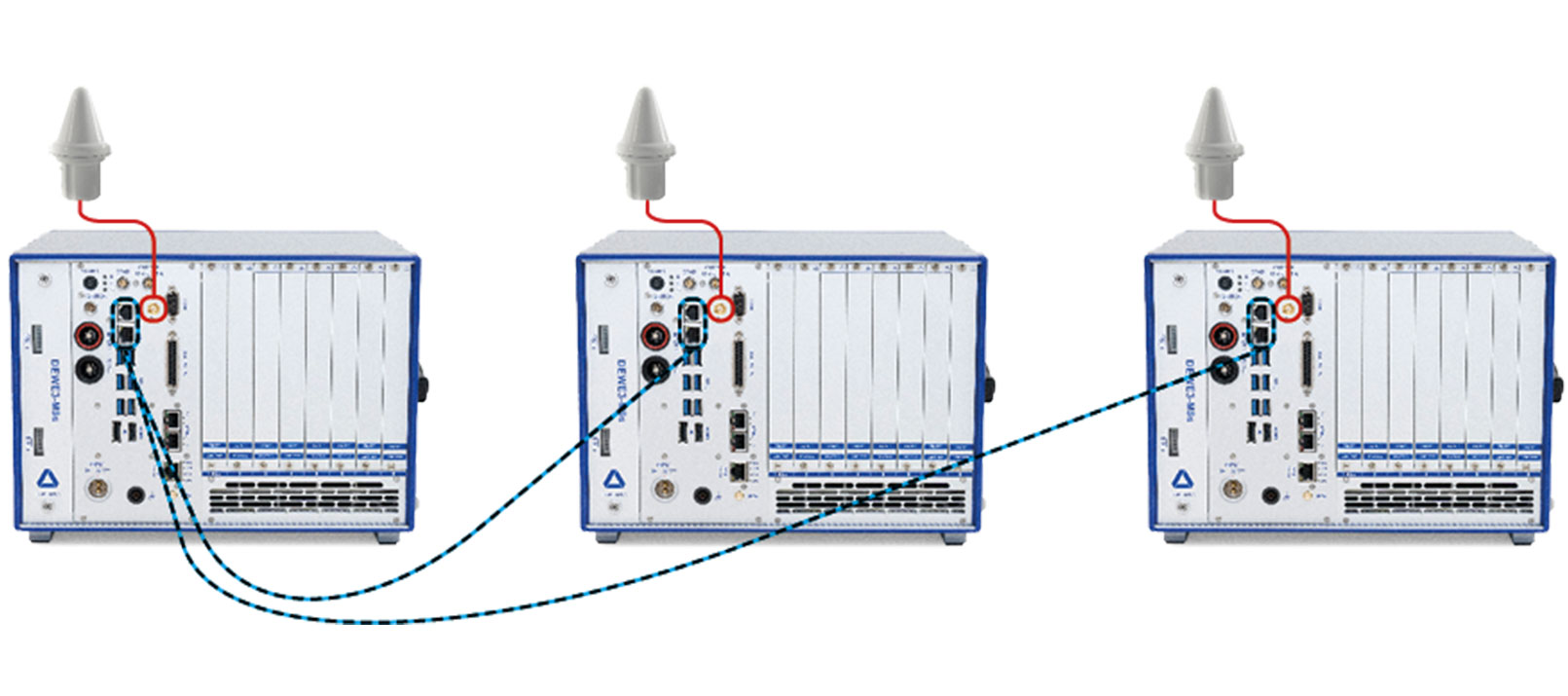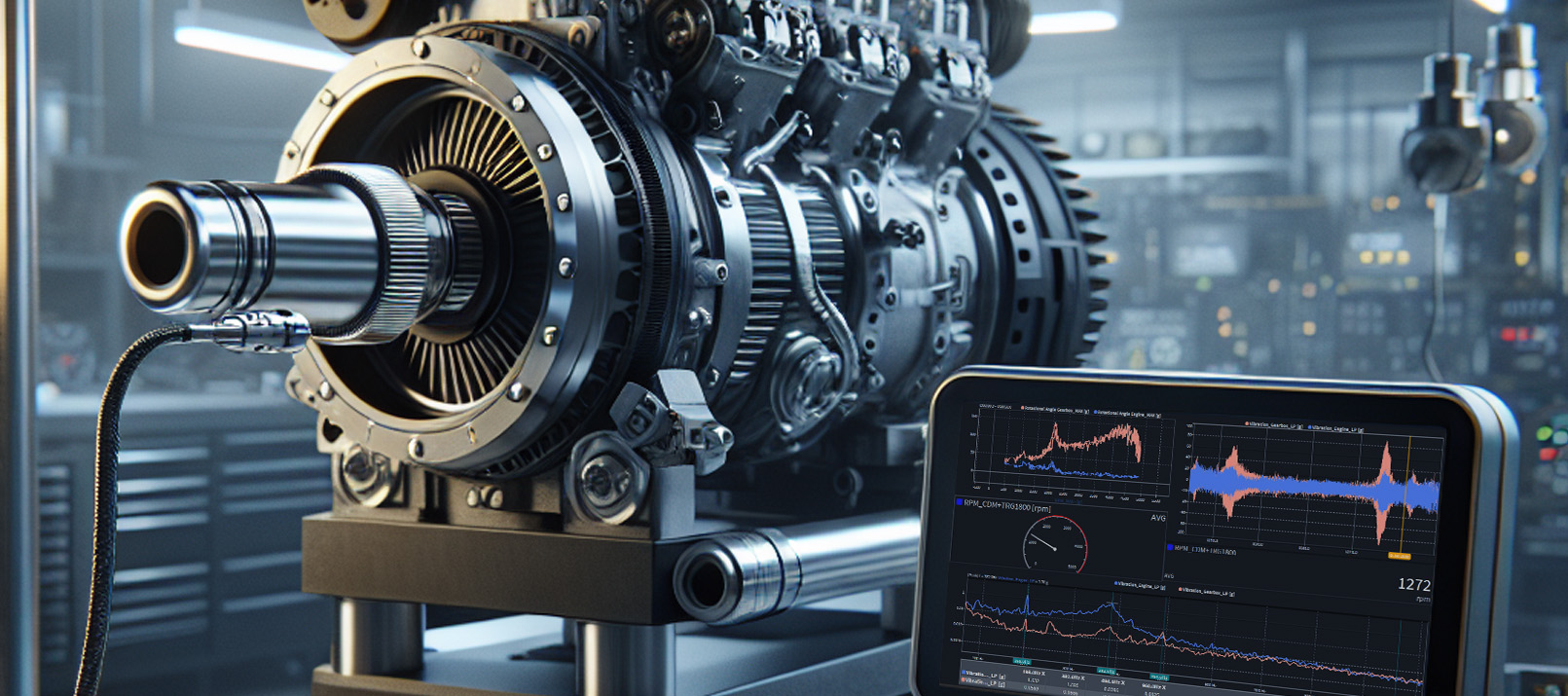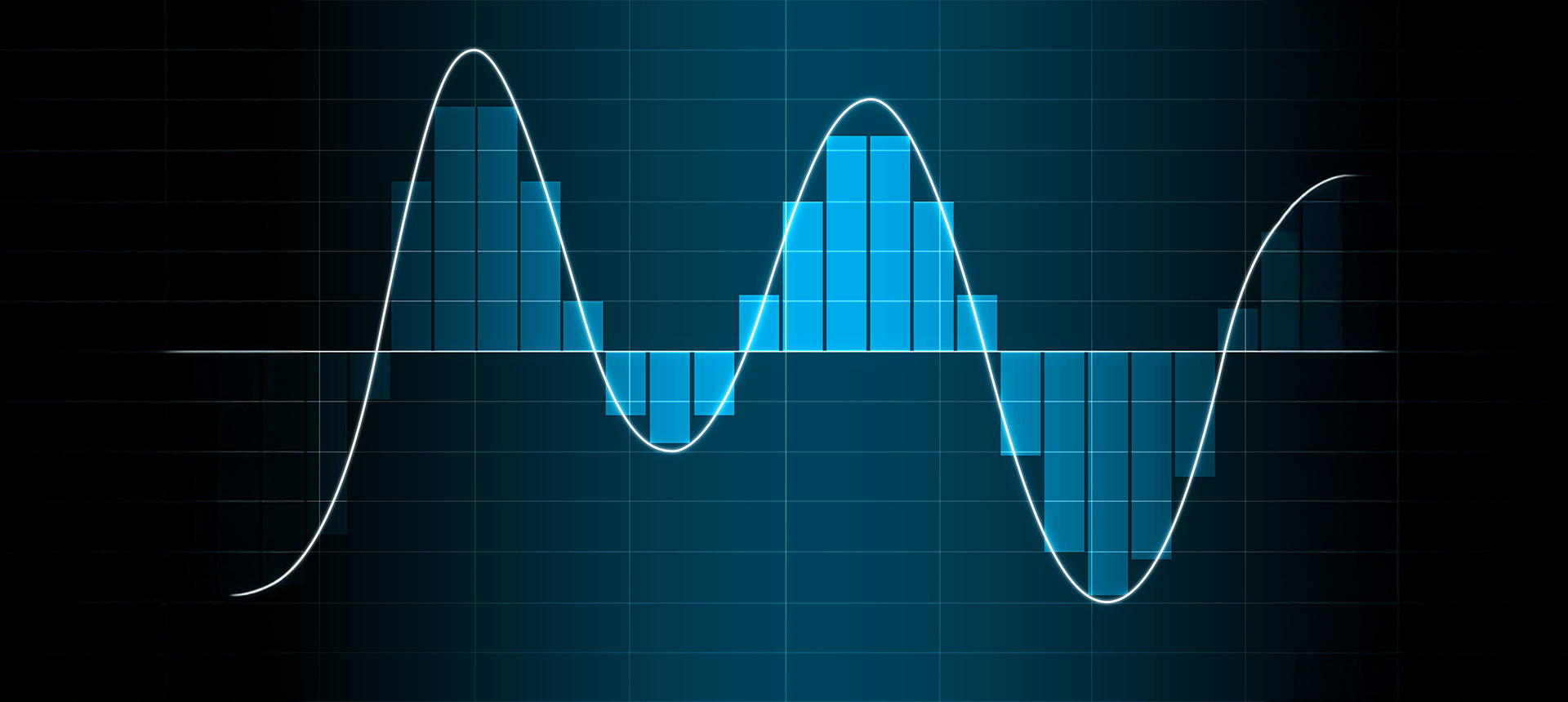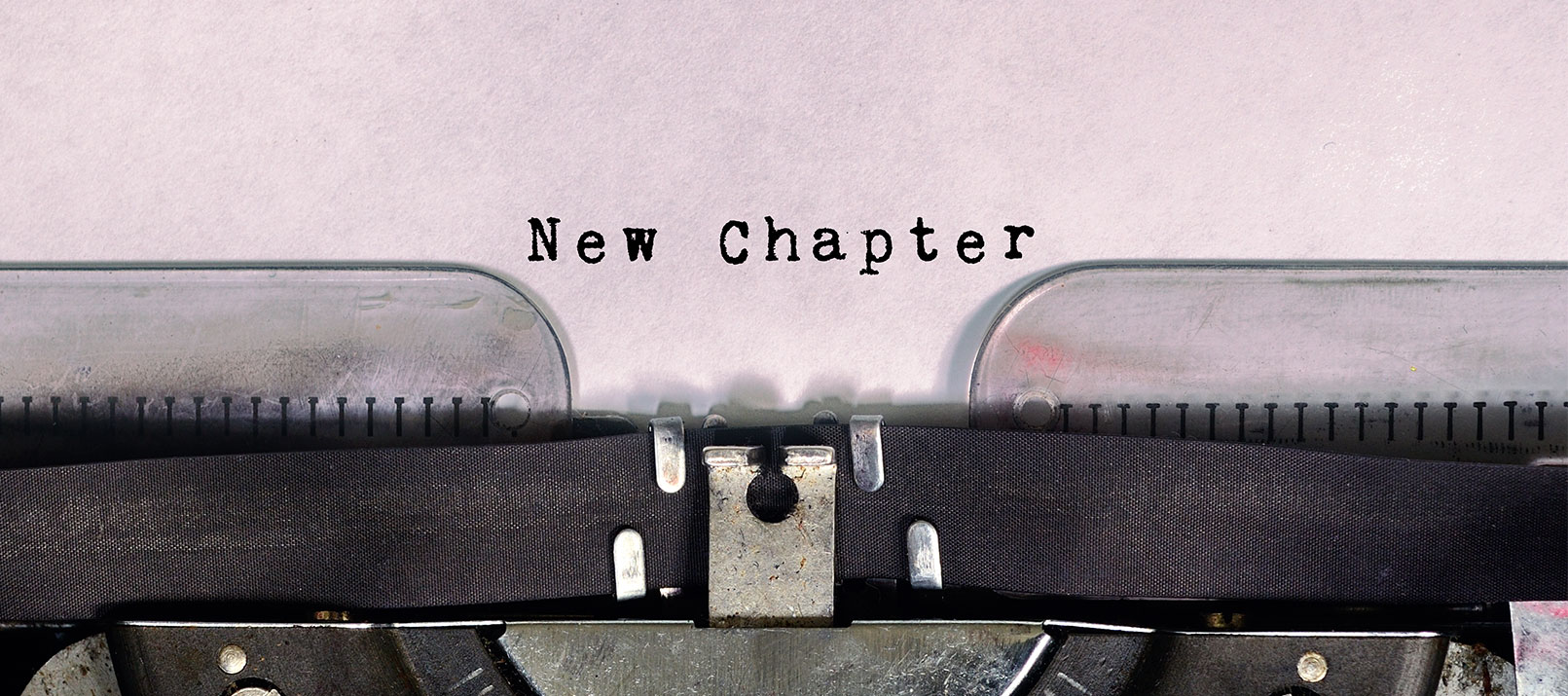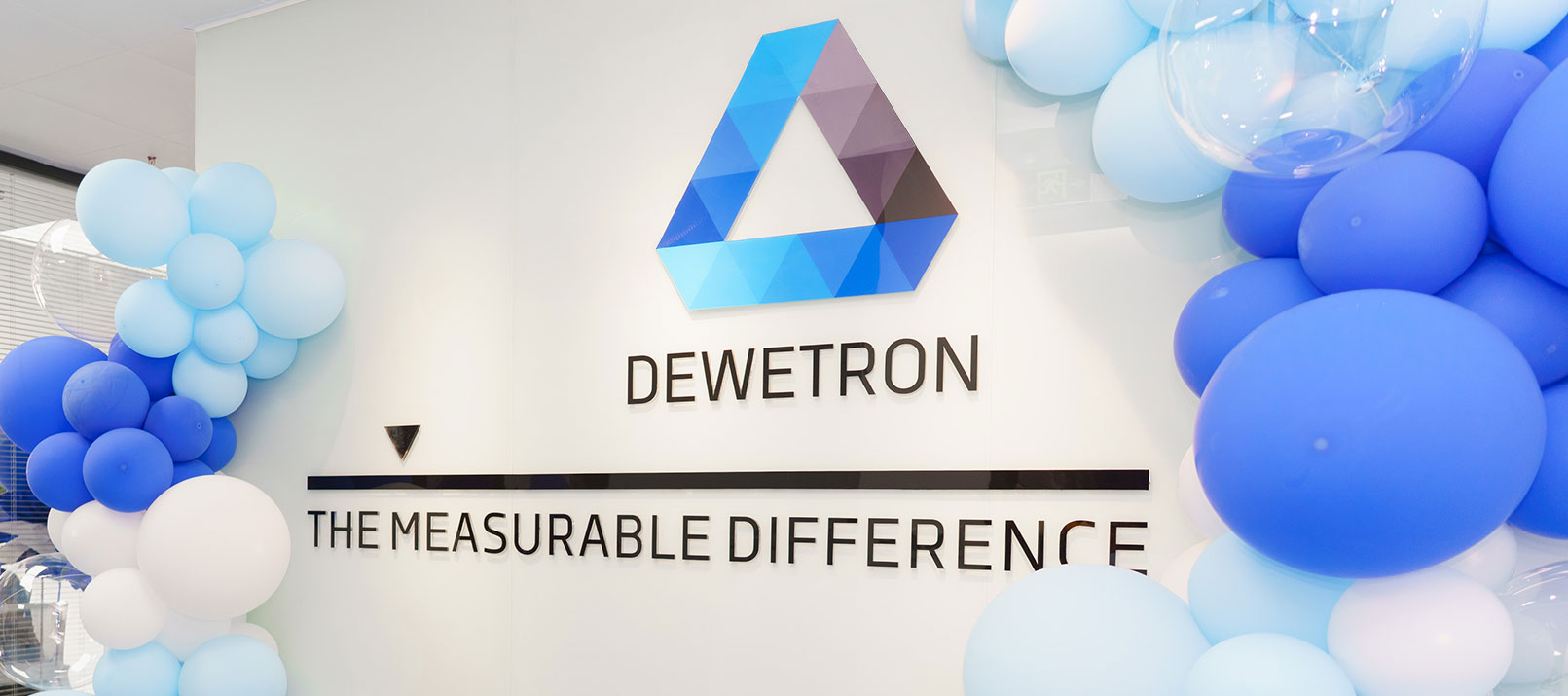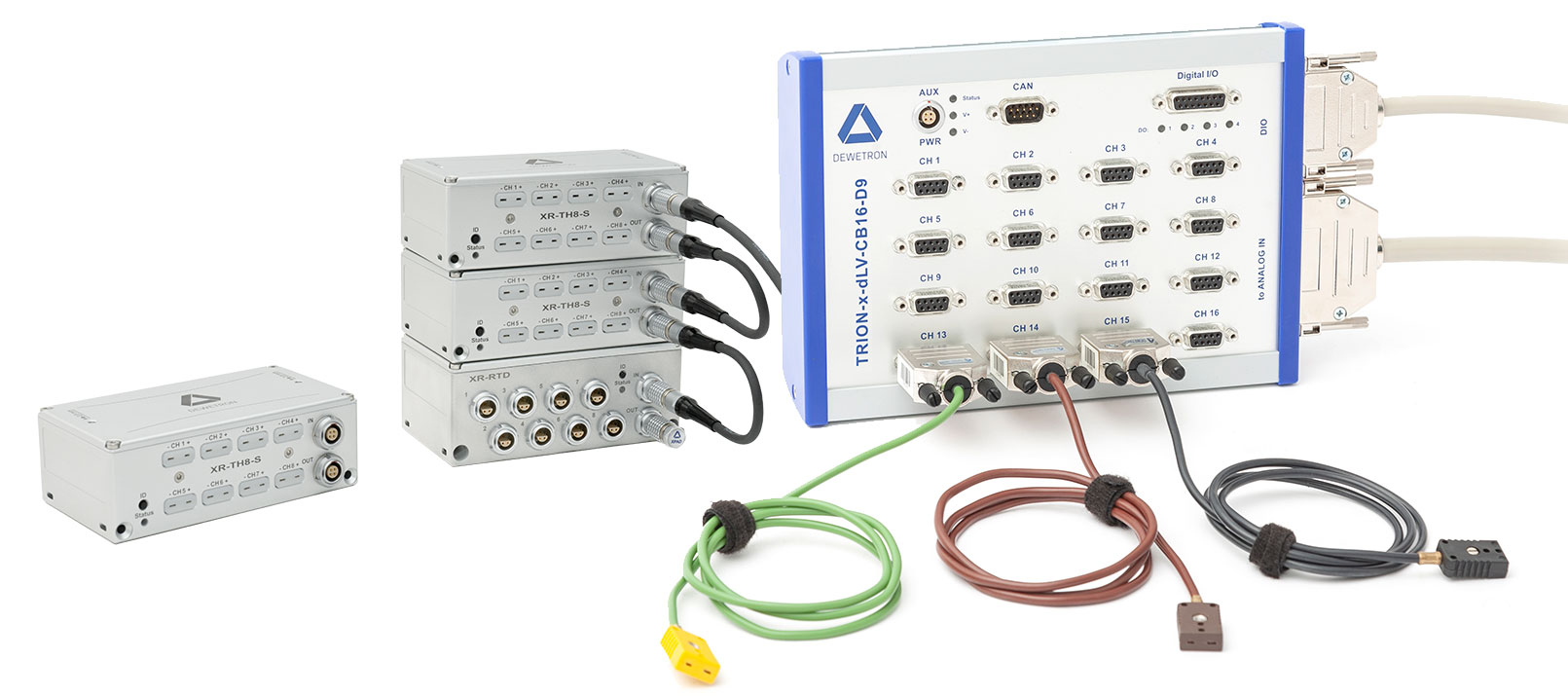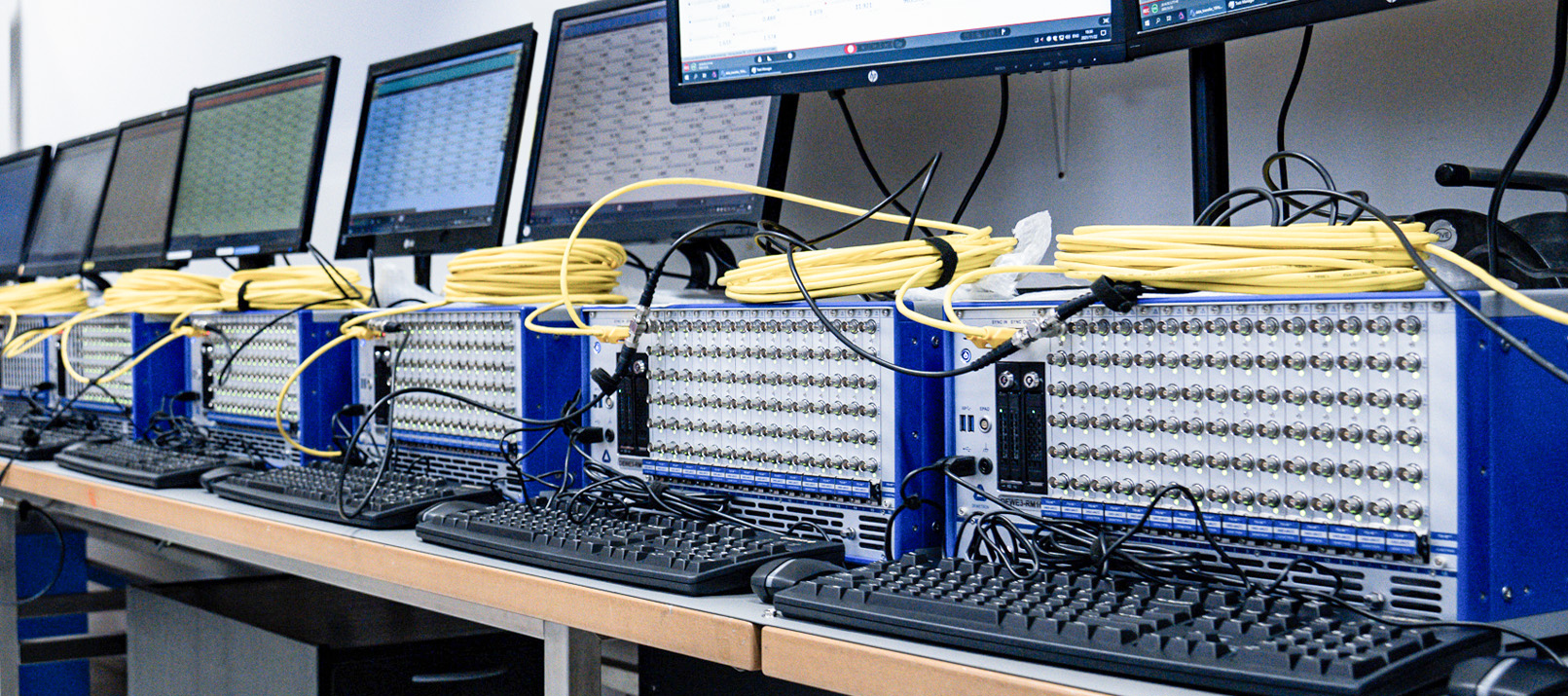Theoretical foundations of acoustic metrology
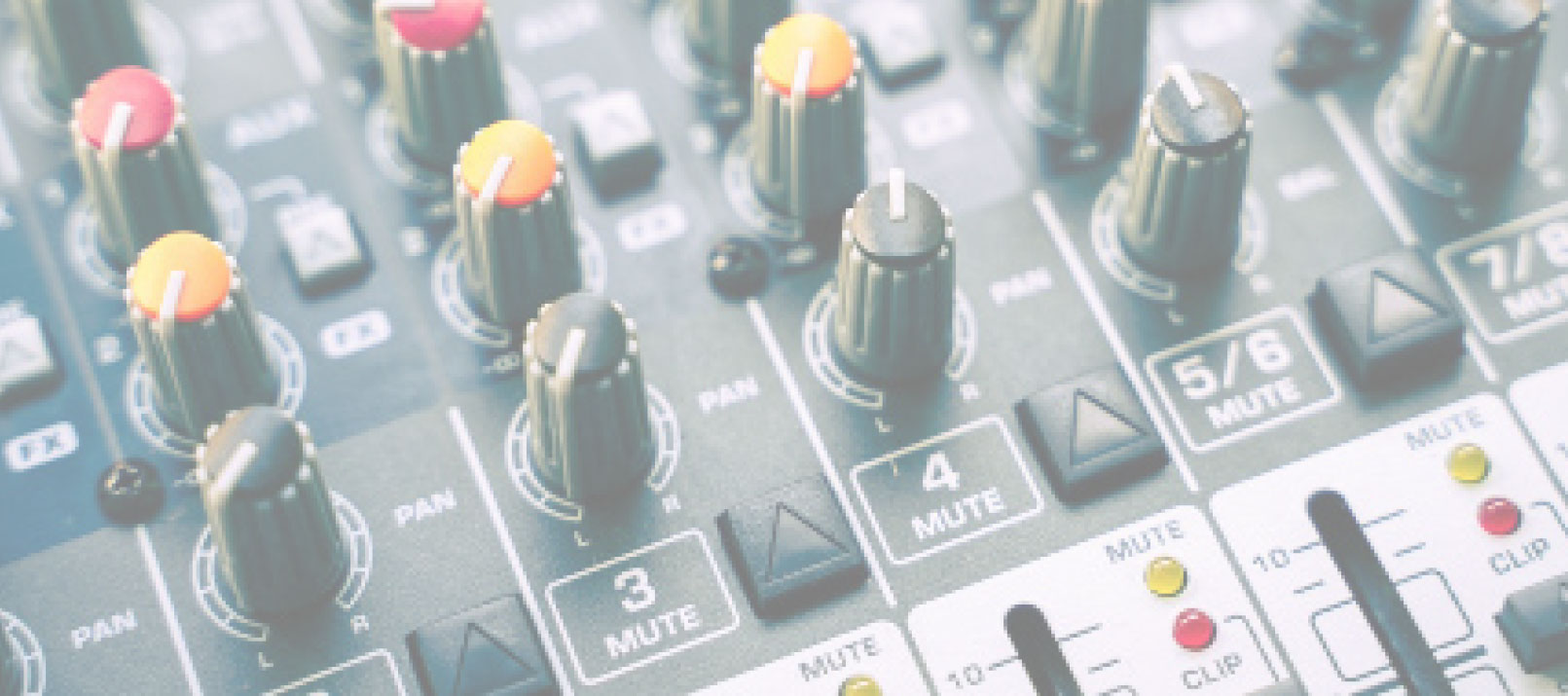
What sound-relevant quantities are actually present in acoustics and what do they say? How does a measurement microphone work? And what is the ominous unit Decibel [dB]?
Have you ever asked yourself one or more of those questions? Then we do not only have the answers but also a lot more information about acoustic metrology!
What are sound-relevant parameters in acoustics?
A general definition for the term sound states that sound is the physical phenomenon that excites the sense of hearing and triggers tone, sound and noise sensitivity. In short – sound is everything we hear. Usually, the medium in which sound propagates is air. However, sound can also spread in other gaseous media or, for example, also in water.
The transmission of sound is wavelike, which is why the term sound waves is often used in acoustics. Every sound wave can be described mathematically by an infinite sum of superimposed sine waves. This mathematical approach is generally known as Fourier series expansion.
If sound propagates in space, the speed of sound [m/s] is an important quantity. It indicates how long it takes for a sound wave to travel from point A to point B. It is important to know that the speed of sound depends on temperature. The warmer it is, the higher is the speed of sound. With an assumed reference value of a speed of sound of 340 m/s, a sound wave moves 340 m further in one second.
It’s one thing to be on the same wavelength with someone. But when you talk about wavelength in acoustics, you mean something completely different. Here, this quantity describes the spatial length of a period of the sound wave and is the link between the frequency of the sound wave and the speed of sound. The wavelength is measured in meters. Not only in acoustic the calculation of the wavelength is needed, but also in electrical engineering it is an important quantity. To measure the propagation of light or radio waves, the wavelength is also used, but based on the speed of light instead of the speed of sound.
One of the most important quantities in acoustics is the sound pressure. This is exactly the quantity that can be measured with a microphone. Sound pressure is measured in Pascals. Broken down, it is exactly the same as the physical quantity pressure and describes the force per area.
Besides the sound pressure there is also the so-called sound pressure level.
The so-called sound velocity describes the particle velocity of the medium through which the sound wave is transmitted. Metaphorically speaking, the sound velocity describes the speed with which an air molecule oscillates around its rest position. By definition, the speed at rest is 50 nm/s. The sound power is the energy transmitted by a sound wave. Mathematically, the sound power P is the sound pressure multiplied by the sound velocity and a fixed surface area through which this product moves. Here too, there is the so-called sound power level.
Example: Difference between sound pressure and sound power
If you imagine a radiator in a room, it has a certain electrical or thermal-power. This ensures that the room has a certain temperature. The power of the radiator is always the same and independent of the room. Depending on the room only the temperature changes. The further one is generally away from the radiator, the lower the temperature. Similar to this example you can imagine the relation between sound pressure and sound power. The sound power is the cause of the sound pressure. For example a vacuum cleaner has a certain sound power and therefor emits a certain noise. This power is always the same regardless of the room. Again, the further away from the sound source, the lower the sound pressure. Sound power is an issue especially with electrical appliances. It is given as a decibel value on various labels and reflects the sound power.

How does a measurement microphone work?
To measure something in acoustics, you need a sensor and to measure sound pressure, you need a measuring microphone. The most common type of transducer for measuring microphones is the so-called IEPE (Integrated Electronics Piezo Electric) transducer. The transducer used here is a piezoelectric material, such as quartz or ceramic. IEPE transducers are also known as ICP or CCLD. The purpose of a measuring microphone is to convert a sound wave into an electrical quantity.
And how does this work? If no force hits the transducer, all charges are balanced among themselves. However, if a force in the form of sound pressure acts on this transducer, a charge shift occurs. This charge shift can be measured as voltage. It is proportional to the sound pressure and is transmitted via a cable (usually BNC) to the measuring input. An amplifier, which is built into the sensor and converts the charge difference into a voltage, must be supplied with power. This supply current is specified as so-called excitation current in the data sheets and is usually between 2 and 20 mA. The power is supplied directly from the measuring input via the signal line. Some advantages of IEPE measuring microphones are a high dynamic range, very low background noise of only 5 dB(A) and sound pressure level measurements up to 180 dB(A). Furthermore, these microphones have a linear frequency response and cable lengths up to 100 m can be realized without problems.
What is the difference between the explained microphone and a concert microphone?
Firstly, the difference is of course in size and design. The stage microphone must fit well in the hand, while the measurement microphone must be as small as possible. The transducer type of the two types is also different. In the measuring microphone mostly piezoelectric transducers are used. In a concert microphone, either dynamic transducers or capacitor transducers are used to convert the sound pressure into an electrical signal. Concert microphones deliberately do not have a linear frequency response to provide a more natural sound experience.
The measuring unit Decibel in Acoustic Metrology
Pascal [Pa] or Bar [bar], sound pressure is always given in Pascal [Pa]. The human ear can perceive sound pressure from about 20 µPa to 200 Pa. This is a huge dynamic range that extends over 7 decades. In order not to lose the overview between zeros and decimal places over the entire dynamic range, decibel [dB] was introduced as a unit. The entire dynamic range between 20 µPa and 200 Pa can thus be mapped clearly in 0 to 140 dB. As soon as one no longer speaks only of sound pressure, but of sound pressure level or sound power level instead of sound power, values are always available in the unit dB.
Our sense of hearing can perceive a frequency range from about 20 Hz to 20 kHz. At an age of about 20 years when the hearing has fully developed, we can perceive a frequency of up to 20 kHz. With increasing age, the upper hearing threshold decreases at about 2kHz per decade of life. The hearing has a certain threshold below which one can no longer perceive the sound pressure level. The pain threshold of hearing is about 120 dB. However, hearing damage is already possible at a permanent exposure of about 85 dB, which corresponds approximately to the noise exposure from a main road.

And what is dB(A) now?
If you read the unit dB(A) somewhere, it has to do with frequency weighting. Why is this weighting needed and why is it important? The ear does not perceive all frequencies equally loud. Phon-curves describe this non-linear property of hearing. Phon – the psychoacoustic unit for loudness – describes the sound pressure level at which a sound event must be reproduced in order to be perceived as equally loud over the entire frequency range.
An example of this: To perceive a 1 kHz tone and a 50 Hz tone equally loud at 60 Phon, the 1 kHz tone would have to be reproduced at 60 dB and the 50 Hz tone at about 80 dB.

Frequency weighting curves were introduced to better account for the non-linear behavior of the auditory system in terms of measurement and acoustics. Four different curves were once introduced for this purpose:
- the A-weighting for quiet sound levels (up to about 30 phon)
- the B-weighting for average sound levels (up to approx. 60 phon)
- the C-weighting for loud sound levels (up to about 90 phon)
- the D-weighting for very loud sound levels (e.g. aircraft noise)

In terms of signal processing, the frequency weighting corresponds to the multiplication of the measurement signal with the respective frequency weighting curve in the frequency domain. In the case of the weighted signal, not only the unit dB is given, but also in brackets the type of weighting used – i.e. dB(A), dB(B), dB(C) or dB(D). If no weighting was used, dB(Z) is given, where Z stands for zero. In practice, however, the A-curve is used almost exclusively nowadays. Therefore dB(A) is most often read as a unit.
Recently, our colleagues Rafael and Sven held a webinar on the topic “Acoustic Metrology – Theoretical Foundations for Practice”. If you want to learn more about this topic, watch the video of our last webinar. If you have further questions about acoustic measurement technology, please feel free to contact Rafael or Sven. Here you will find an overview of our upcoming webinars.
You are currently viewing a placeholder content from YouTube. To access the actual content, click the button below. Please note that doing so will share data with third-party providers.
More InformationImage Sources:
https://de.wikipedia.org/wiki/H%C3%B6rschwelle
https://de.wikipedia.org/wiki/Phon_(Einheit)

